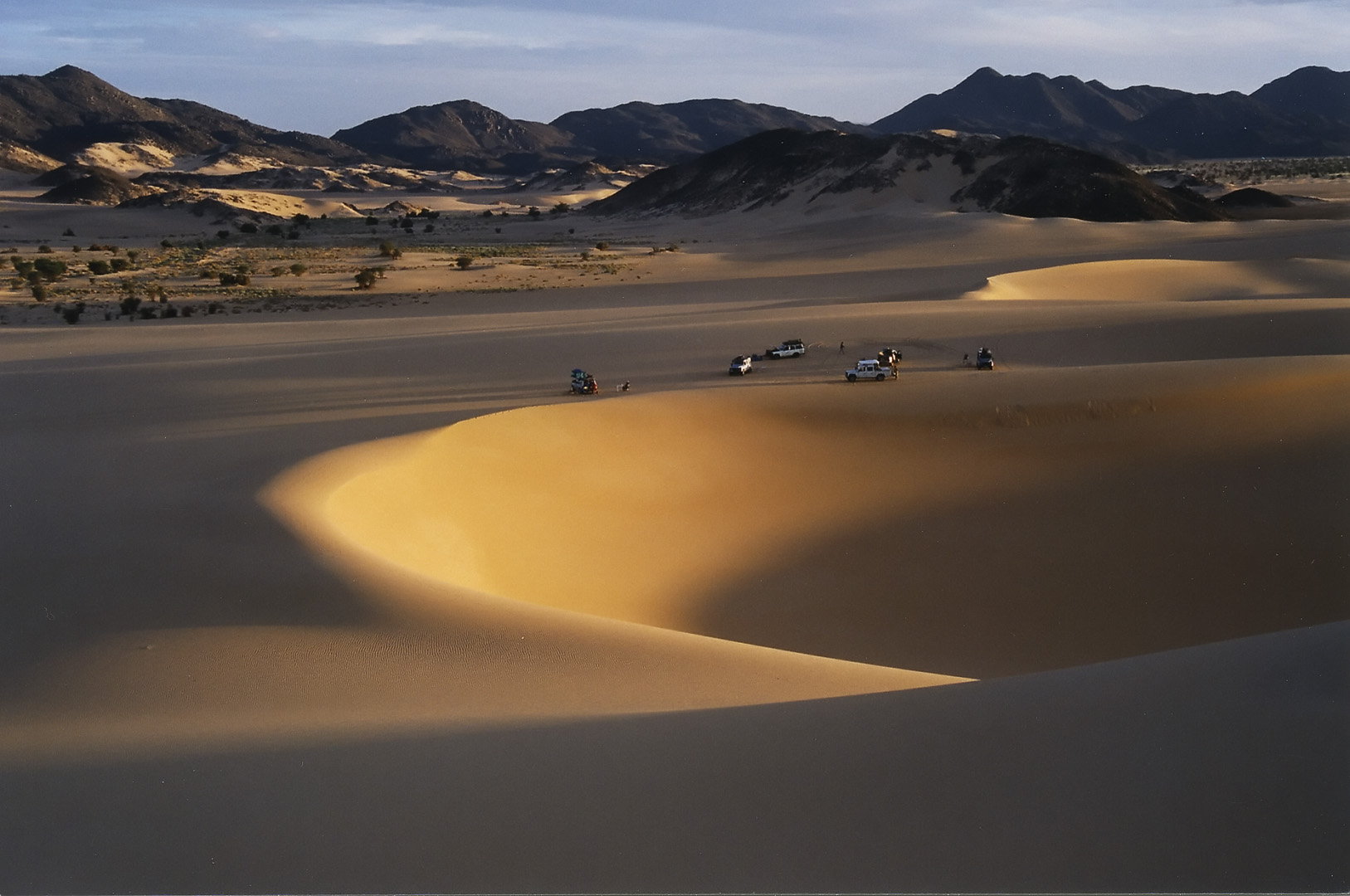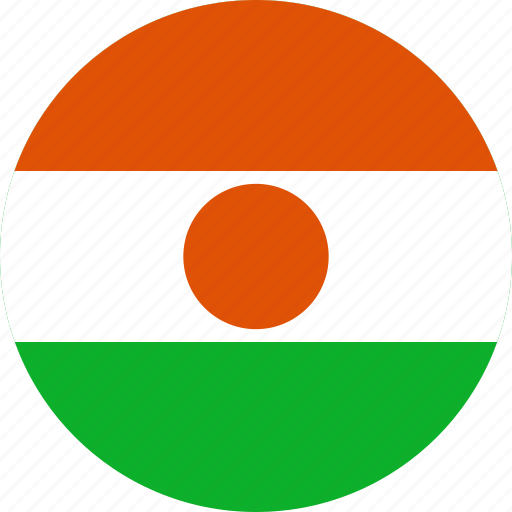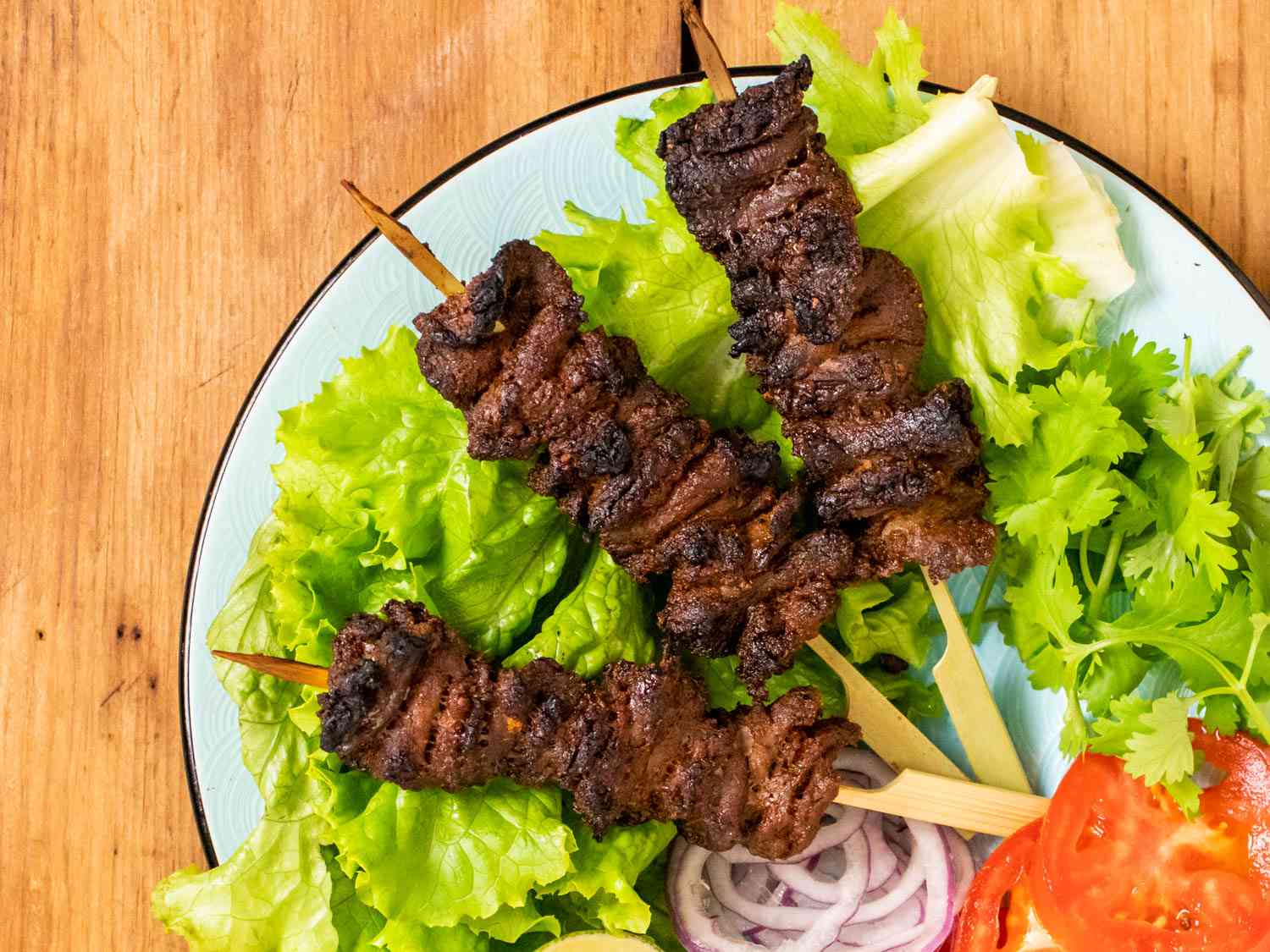Niger travel tips
Niger travel tips: West African country, diverse landscapes, Sahara Desert expanses, Niger River, vibrant cultures, ancient city Agadez, uranium-rich economy.
Regions 🌎
Niger travel tips. Here is a list of all the regions of the Niger.

Agadez

Diffa

Dosso

Maradi

Tahoua

Tillabéri

Niamey

Zinder
Before you go 🛩
Important information you should know before your trip
Info

Capital | Niamey
Flag Codes:
ISO alpha-2 NE,
ISO alpha-3 NER
Currency
Badge | CFA franc
CODE | XOF
NUMBER | 952
SYMBOL | Fr
FRACTION | penny
Mobile Coverage
Dialing Code | +227
SIM Card
Coverage | 3G / 4G / 5G |
Mobile Networks | Airtel Mobile | Orange Mobile | Moov Mobile | Niger Telecoms Mc |

Location
Niger is a landlocked country located in West Africa. It is situated in the central part of the African continent. Here is the location of Niger: Latitude: Niger is located between approximately 11° N and 24° N latitude. Longitude: The country is situated between approximately 0° E and 16° E longitude.
Niger is known for its vast desert landscapes, including portions of the Sahara Desert in the north. The country is characterized by a diverse geography, which includes arid desert regions, the Sahel, savannahs, and the Niger River basin in the southwest. The capital city of Niger is Niamey, located in the southwestern part of the country along the Niger River.
Currency
The currency of Niger is the West African CFA franc, abbreviated as XOF.
The West African CFA franc is the common currency used by several countries in the West African Economic and Monetary Union (WAEMU), which is a group of West African nations that share the same currency and central bank.
The West African CFA franc is issued and regulated by the Central Bank of West African States (BCEAO), which is the central bank responsible for the member countries of WAEMU.
It is pegged to the euro at a fixed exchange rate, ensuring stability in currency exchange for trade and economic purposes.
The currency is available in both coins and banknotes and is widely used for daily transactions in Niger, as well as in other WAEMU member countries, including Benin, Burkina Faso, Côte d’Ivoire, Guinea-Bissau, Mali, Senegal, and Togo.
Languages
The official language of Niger is French. French is used in government, education, media, and official documents. It is the primary language of instruction in schools and is commonly used in business and administration.
Niger is a multilingual country with a diverse linguistic landscape, and French serves as a unifying language that facilitates communication among the country’s various ethnic groups and linguistic communities. In addition to French, numerous indigenous languages are spoken throughout Niger, reflecting the country’s cultural diversity. Some of the prominent local languages in Niger include Hausa, Zarma-Songhai, Fulfulde, and Tamajaq, among others. These languages are often spoken in daily life and among different ethnic communities.
Climate 🌡
Niger has a predominantly arid and semi-arid climate, with distinct seasonal variations in temperature and precipitation. The climate is influenced by its location in the Sahel region of West Africa, where the Sahara Desert to the north and the tropical savannah to the south meet. Here are the key features of Niger’s climate:
Dry Season:
Niger experiences a prolonged dry season that typically lasts from October to April. During this period, the weather is characterized by hot temperatures and very little to no rainfall. Humidity levels are low, and the Harmattan winds, which carry dust and dry air from the Sahara Desert, may blow.
Wet Season (Rainy Season):
The wet season in Niger occurs from May to September. During this period, the country receives the majority of its annual rainfall. Rainfall is heaviest in the southern regions and gradually decreases as one moves northward. Thunderstorms and heavy downpours are common during the rainy season.
Temperature:
Niger has high daytime temperatures throughout the year. During the dry season, temperatures can soar, with daytime highs often exceeding 40°C (104°F) in many parts of the country. The southern regions are generally cooler than the northern desert areas.
Sahel Transition:
The southern part of Niger, known as the Sahel region, is a transitional zone between the Sahara Desert to the north and the savannah to the south. This region receives more rainfall and has a more moderate climate than the arid desert areas.
Desert Conditions:
Northern Niger is part of the Sahara Desert and experiences extreme aridity. Rainfall in this region is minimal, and daytime temperatures can be exceptionally high, particularly during the dry season.
Flash Flooding:
While the rainy season brings much-needed moisture, it can also lead to flash flooding, especially in low-lying areas. Proper infrastructure and flood management are essential in regions prone to flooding.
Drought Risk:
Niger is susceptible to periodic droughts, which can have significant impacts on agriculture, food security, and water resources.
Niger travel tips
If you’re planning a trip to Niger, here are some travel tips to enhance your experience:
Visa Requirements:
Check and obtain the necessary visa before traveling to Niger. Ensure your passport is valid.
Health Precautions:
Consult a healthcare professional for required vaccinations and carry essential medications. Stay hydrated and use sunscreen.
Local Customs:
Respect local customs and traditions. Dress modestly, especially in rural areas and religious sites.
Cultural Sensitivity:
Seek permission before taking photos, especially of locals. Engage respectfully with the local community.
Transportation:
Domestic flights, buses, and taxis are common. Plan transportation in advance, and confirm schedules. View Guide.
Community Interaction:
Engage with locals, learn about their way of life, and contribute positively to the communities you visit.
Wildlife Safaris:
Explore national parks for unique wildlife encounters. Follow guidelines and respect the animals’ natural habitat.
Enjoy your time in Niger!

The best of the best
The cuisine of Niger is influenced by its Sahelian and West African heritage, and it features a variety of grains, legumes, meats, and vegetables.

Sauce Graine
Sauce Graine is a rich sauce made from ground peanuts or palm nuts. It is a common sauce used to flavor rice or millet dishes.

Brochettes
Brochettes are skewered and grilled meat (commonly beef, goat, or chicken) seasoned with spices. They are a popular street food in Niger.

Okra Stew
Okra stew is made with okra pods, tomatoes, and spices. It is often served with rice or millet.
Here are some typical foods and dishes commonly enjoyed in Niger:
Jollof Rice: Jollof rice is a one-pot rice dish cooked with tomatoes, peppers, onions, and various spices. It is a flavorful and popular dish in West Africa, including Niger.
Kebabs: Kebabs made from grilled meat, vegetables, or even fish are a common snack or meal in Niger.
Dambou: Dambou is a traditional Tuareg dish made from millet or wheat flour mixed with dates or milk and served as a porridge or bread.
Millets: Millet is a staple food in Niger and is used to make a variety of dishes. It is often ground into flour and used to prepare porridge, dumplings, or flatbreads. The most common type of millet used is pearl millet.
Rice: Rice is also a common staple in Niger and is often served with various sauces and accompaniments.
Sorghum: Sorghum is another important grain in Niger and is used to make porridge, couscous, and various types of bread.
Fulfulde (Fulani) Cuisine: The Fulani people in Niger have a distinct culinary tradition, including dishes like “Thiéboudienne,” a rice and fish dish, and “Pate,” a millet-based porridge served with various sauces.
Tô: Tô is a popular dish made from millet or sorghum flour mixed with water to create a thick, dough-like consistency. It is often served with various sauces and stews.
Nigerian cuisine is diverse, and the availability of ingredients and dishes can vary by region and ethnic group. The use of millet, sorghum, and rice as staple grains, along with flavorful sauces and grilled meats, are central elements of Niger’s culinary traditions.
Transportation 🚥
More information about this country
Choose your destination 📍🗺
Useful Links ✅



